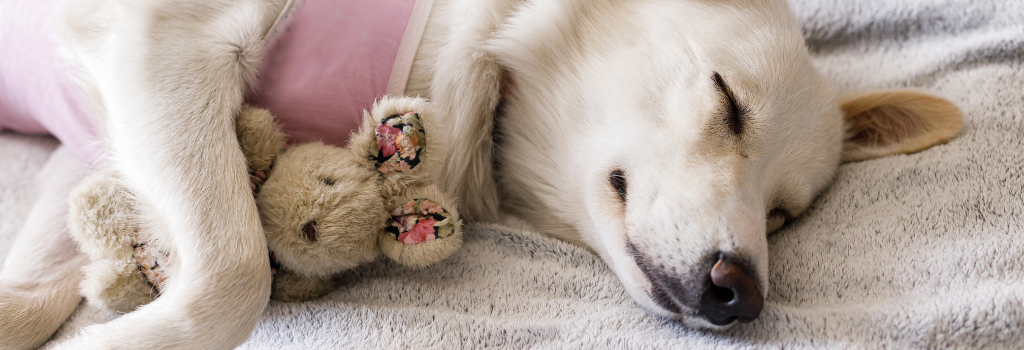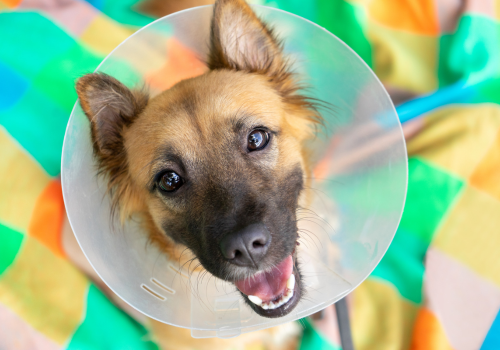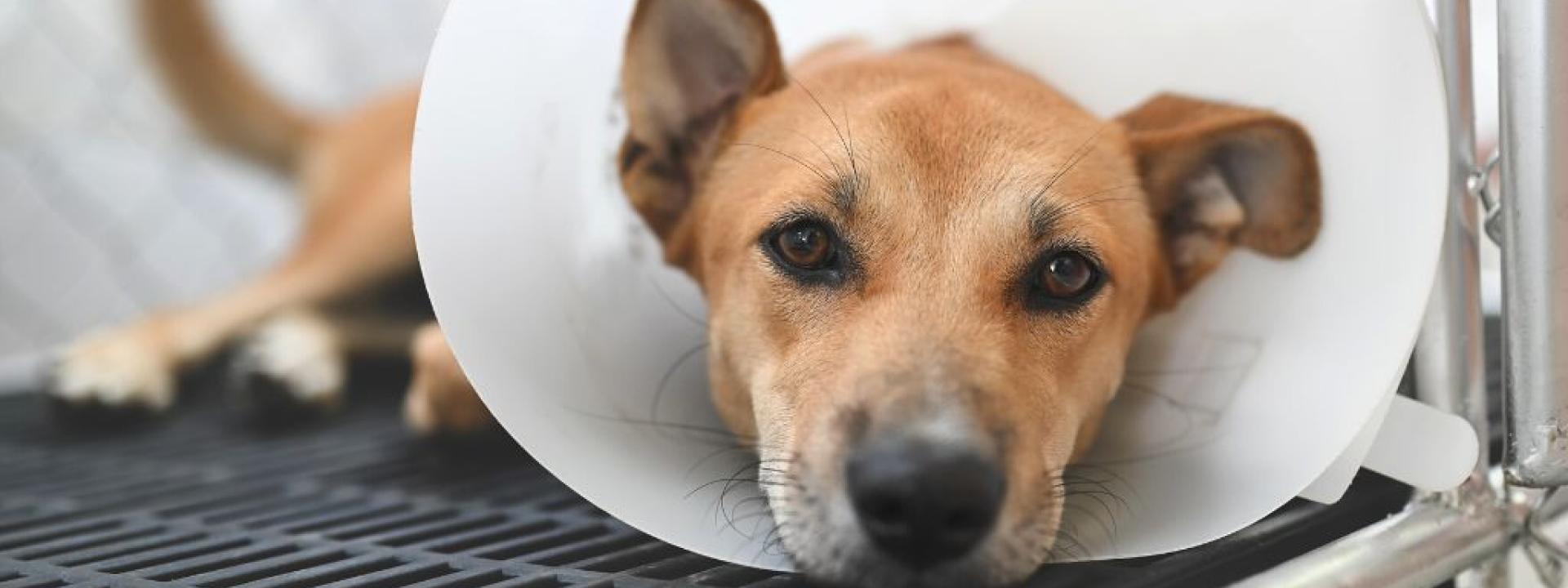From keeping the pet population to a manageable number to preventing illnesses that can result from being intact, spaying or neutering your dog is one of the most essential parts of responsible pet ownership. If you’re not a dog breeder and are looking to get your pup spayed or neutered, you may have turned to the internet for answers on the procedure, recovery, and more. We’re glad you found us! We’ve gone ahead and answered FAQs on dog spaying and neutering and shared those facts with you below.
At Veterinary Medical Center, we understand that you need reliable information to make the right decisions for your dog. While the information below is accurate, it’s always best to talk to your own veterinarian about any questions you may have, especially when it comes to something as critical as spaying or neutering. If your dog needs a veterinarian in or near Union City, CA, we’d be thrilled to help with the procedure. Give us a call at (510) 441-8500 today to schedule their first appointment.
What is the difference between dog spaying and neutering?
Dog spaying is something that we do to our female dogs. Another word for spaying would be an ovariohysterectomy—the surgical sterilization procedure that we perform. Male dogs get neutered or castrated.
How does dog spaying or neutering impact the health and wellbeing of my pet?
Spays and neuters for dogs are beneficial in preventing certain diseases. For example, female dogs can get something called a pyometra, an infection of their uterus. If male dogs are left intact, they can have prostate issues in which they have trouble urinating, marking, roaming behaviors, et cetera. And then there’s the obvious benefit of limiting their ability to reproduce.
How soon should I bring my pet in to get my dog spayed or neutered?
Typically, what we'll do is talk about the best timing for your dog when you come in for puppy vaccines. We vaccinate our dogs over a series early on to help build their immune system, and during that period, we'll come up with the best timing for getting the spay or neuter procedure done. We recommend doing so at about six months to a year, although breed and size are also factors. Some smaller breed dogs may be spayed or neutered earlier on; with some larger breed dogs, we might wait up to two years in some situations before we get them spayed or neutered.
What are some possible conditions that can be helped by spaying or neutering my dog?
When you spay your female dog, you dramatically reduce the risks of her getting certain cancers later in life. We also know that when female dogs go through one heat cycle, their possibilities of getting certain mammary tumors later increase slightly, but it grows exponentially once they go through two heat cycles. We want to help prevent those mammary cancers. We also know that older female dogs that haven't been fixed are prone to getting severe life-threatening infections in their reproductive tract as well, such as pyometra. Dogs can go septic and get very sick because of that.
In terms of our male dogs, we can prevent certain cancers by neutering them. It may also help with behavioral issues.
Some behavioral issues we can often correct in males by neutering them are:
- Urine marking in the house
- Some dominance-related behaviors
- Digging out from under the fence
- Roaming to find a mate
Again, we know that every situation is a bit different in terms of timing for dog spays and neuters, but we'll work with you to develop the best plan for your pet.

What will my veterinarian need to know about my dog before spaying or neutering them?
Before we spay or neuter our dogs, we typically get pre-anesthetic blood work because we use general anesthesia, and these are invasive procedures. This blood work ensures that all their organs are functioning appropriately, and they can handle the anesthesia like we want them to.
We also like to know how old the dog is, so hopefully, you have an idea. We can determine that on a physical exam within a certain amount of time. Your veterinarian will also want to know your activity level at home to determine how the recovery will be.
How long will it take for my dog to recover from being spayed or neutered?
The recovery from spays and neuters in dogs is generally about 2-3 weeks. Our male dogs tend to bounce back right after this outpatient procedure, so you drop them off at the hospital in the morning, and then they go home with you later that evening. Sometimes they're a little bit sleepy that night after being under anesthesia, but they tend to have pretty good energy the next day and are feeling well again.
We ask that you minimize certain activities and overexertion because tissue healing occurs during those first two to three weeks after the procedure. We'll typically recommend exercise restrictions for 10 to 14 days, so keep it to short leash walks to go potty, and that's it. The tissues start to heal back together during that time, so that's the most critical period. The biggest job for you as a pet owner is to keep an eye on that surgical incision to make sure that it doesn't look irritated, that the dog isn’t excessively irritating the surgical site, and also to make sure they're not jumping up on the couch and affecting that surgical area. In general, though, it's a relatively quick recovery.

What care should I be prepared to provide at home while my dog is recovering from their surgery?
Activity restriction is essential to make sure that the incision doesn't dehisce. This is where the sutures can break open. Unfortunately, that's a situation you’ll have to deal with using surgery...again. And then also, you’ll want to ensure that the animal isn't licking or rubbing at the incision site, as that can cause infection. The ASPCA offers a comprehensive guide on helping dogs recover from surgery.
What care should I be prepared to provide at home while my dog is recovering from their spay or neuter surgery?
Activity restriction is critical in ensuring that the incision doesn't dehisce. This is where the sutures can break open. Unfortunately, that's a situation you’ll have to deal with using surgery...again. And then also, you’ll want to ensure that the animal isn't licking or rubbing at the incision site, as that can cause infection. Puppies like to go a hundred miles an hour, so we will send home or at least offer to send home some oral sedation that you can give to help take the edge off and keep them quiet and still.
You'll want an area where they can't roam through the whole house, jump on furniture, and that kind of thing. Choose a small room like a bathroom or laundry room, or maybe use a series of baby gates so that you've got a small, confined area that's a safe place for them.
As your dog’s veterinarian in Union City, CA, we are here to help you understand what’s involved in dog spaying and neutering. For additional information or to schedule an appointment to have your canine companion fixed, email us at [email protected] or call (510) 441-8500 today!

